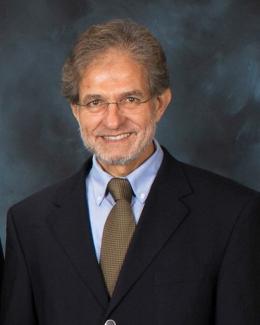Abstract
One of the current barriers to achieving fast and stable performance for flow-electrode capacitive deionization (FCDI) is determining optimal operating parameters. To date, however, no consensus has been reached for universal conditions for FCDI. Through experimental and modeling approaches in this study, we systematically evaluated the influence of applied potential (V = 1.2–2.4 V) and electrolyte concentration (C0 = 0.05–0.5 M) on the FCDI and electrodialysis (ED) desalination processes. Evaluation indicators include the concentration decrease in the desalinated solution, salt removal rates, pH fluctuations, charge efficiency, and energy consumption. Results demonstrated that the dynamic curves of concentration decrease at 2.0 V nearly overlapped with the response at 1.6 V at certain electrolyte concentrations, while the salt removal rates at 0.2 M salt concentration were the best among all concentrations tested at a range of applied potential. It was thus concluded that the optimum conditions for FCDI operation are 1.6 V applied potential and 0.2 M initial salt concentration, under which faradaic reactions are not being triggered, and concentration polarization does not significantly affect ion transfer. Furthermore, a comparative study between FCDI and ED indicated that ED has a different dependence on the electrolyte concentration and applied potential, in which the desalination can be linearly enhanced with increasing potential but greatly limited at high concentrations. Due to the presence of carbon particles in FCDI, the enhanced charge/ion transfer is probably the main reason for the different desalination performance of FCDI and ED. The optimal operating parameters obtained in this work could be used as basic test conditions for further development of new carbon-based materials for FCDI.


